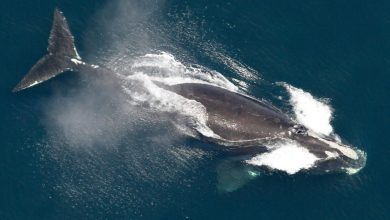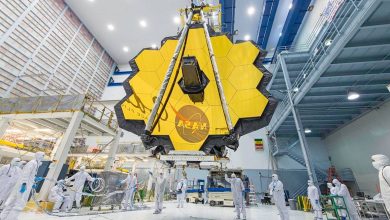ISRO to launch its key Spadex mission on December 30 | Technology News

Just as it had started the year, the Indian Space Research Organisation will end it with its key Spadex mission — the launch of two small satellites to demonstrate docking in space — at 9:58 pm on December 30 from the first launch pad at the country’s only spaceport at Sriharikota. Docking is a process where two satellites are aligned and then joined in space — a necessity for missions that the space agency hoped to achieve in the future such as Chandrayaan-4 or setting up the Bharatiya Antariksh Station.
The Spadex mission will see two satellites — SDX01 or Chaser and SDX02 or Target — align in the same orbit, reduce distance between each other, join and transfer electrical power between them, and then separate. After they separate, payloads on board both the satellites will continue to function for two years.
India’s workhorse Polar Satellite Launch Vehicle PSLV-C60 will launch the two 220 kg satellites in a 470 km circular orbit, with the launch vehicle providing a small relative velocity between the two. Within a day, the two satellites will build-up a distance of around 10 to 20 km between themselves.
Then the propulsion system on the Target satellite will be used to prevent the satellites from drifting further apart. Meaning both the satellites will continue moving with the same velocity at a separation of 20 km — this step is known as the ‘far rendezvous’. The Chaser satellite will then continue to approach the Target satellite, progressively reducing the distance between them to 5km, 1.5 km, 500 m, 225 m, 15 m, 3m, and then docking together.
Once the satellites have docked, electrical power transfer between the two will be demonstrated. They will also demonstrate the control of both the spacecraft together. Then the satellites will separate and start operating their payloads.
The Chaser or SDX01 satellite has a high resolution camera on board — a miniature version of a surveillance camera. The Target or SDX02 satellite will carry a multispectral payload that will be used for monitoring natural resources and vegetation along with a radiation monitor that will study space radiation and create a database. Due to the small size and mass of the satellites, docking is more challenging, requiring finer precision as compared to larger spacecraft.
The year-ender will be a mission of many firsts. The satellites will use several new technologies such as the docking mechanism, a suite of sensors that will allow the satellites to come closer and dock instead of crashing together, and a novel navigation constellation-based relative orbit determination and propagation processor.
Story continues below this ad
The last stage of the rocket will also be utilised to demonstrate 24 payloads, including a robotic arm to capture space debris and an experiment to demonstrate seed germination and plant growth up to two leaves in space.
© The Indian Express Pvt Ltd




